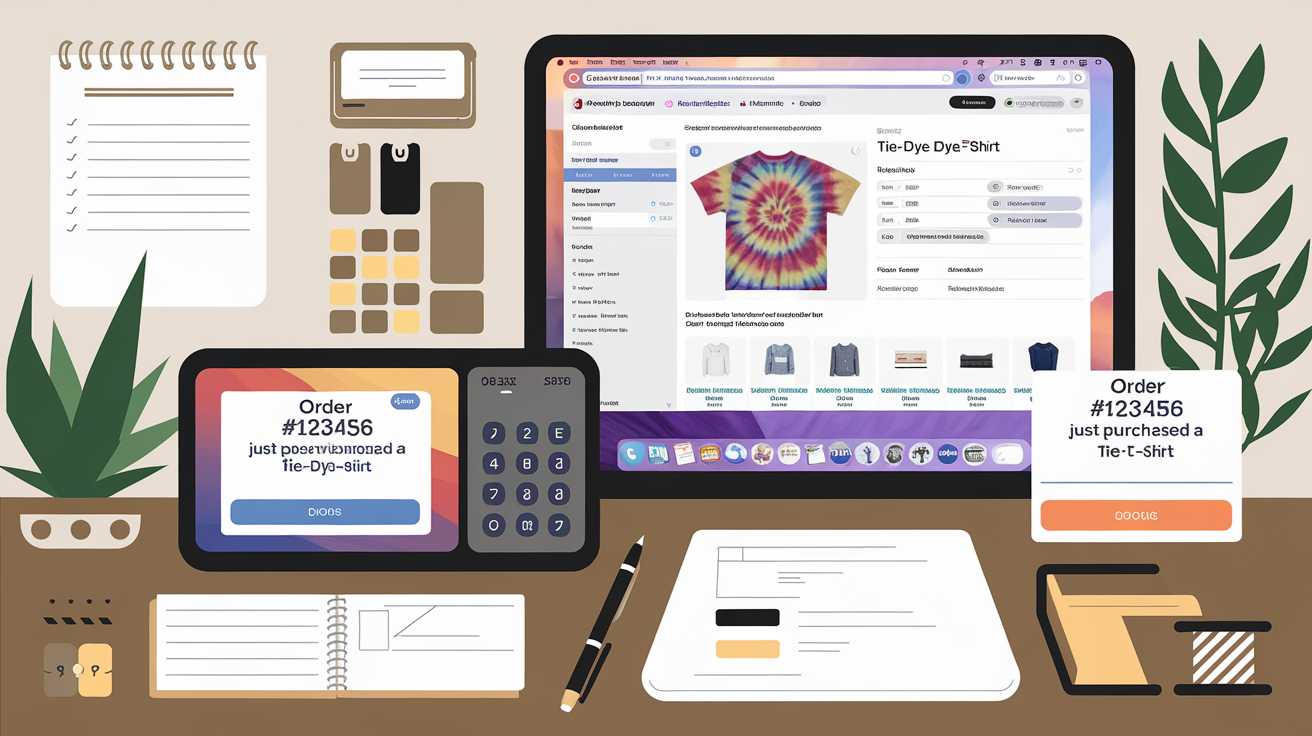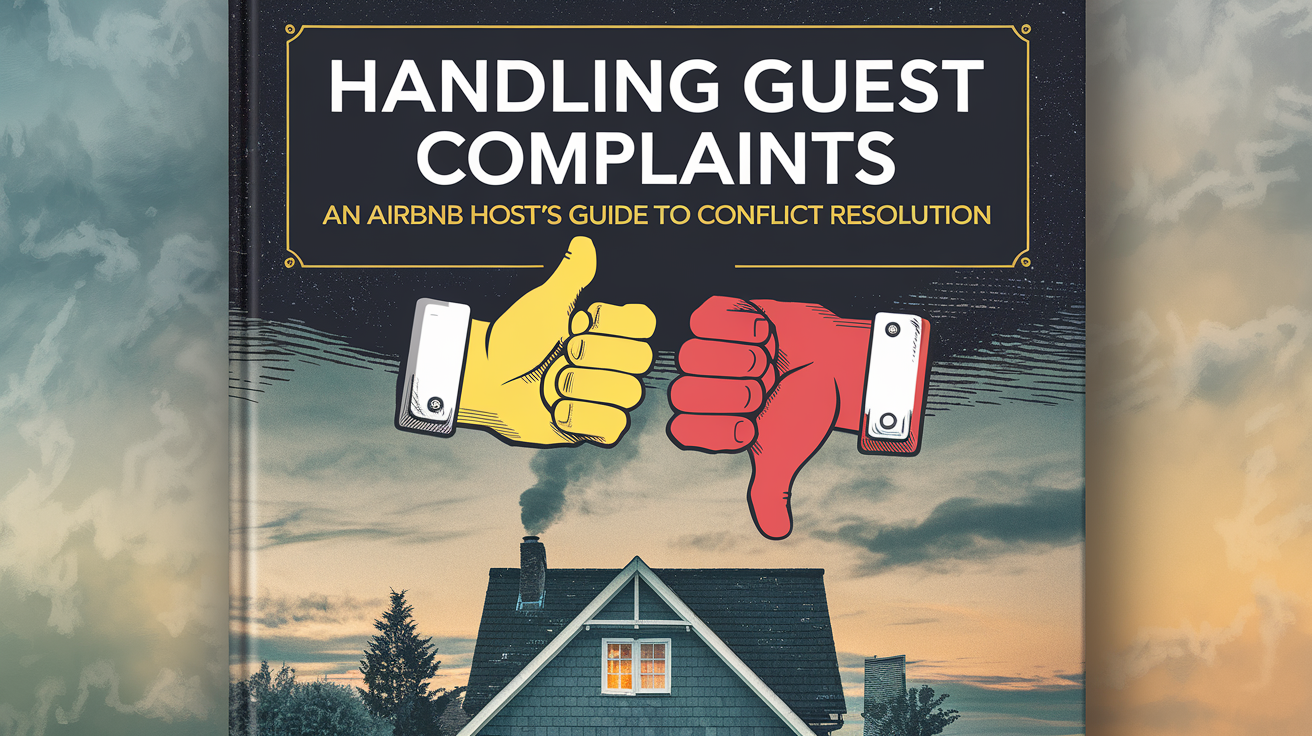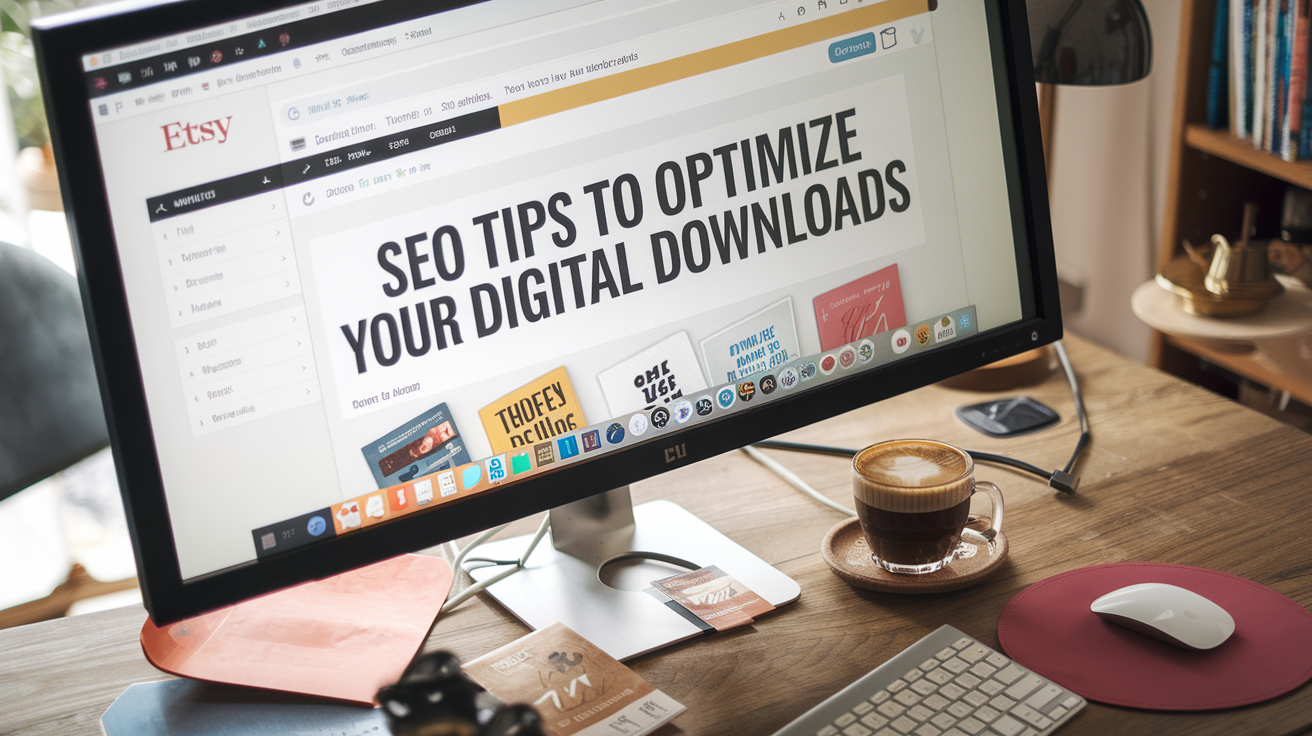

Social media has become an essential tool for small businesses looking to expand their reach, connect with customers, and grow their brand. With billions of users actively engaging across platforms like Facebook, Instagram, LinkedIn, and TikTok, the opportunities for small business owners to build a loyal audience and drive sales have never been greater. However, leveraging social media effectively requires more than just posting occasionally—it demands a well-thought-out strategy and consistent effort.
In this blog post, we’ll explore how to use social media to grow your small business. From setting up a strong strategy and creating engaging content to utilizing paid ads and influencer collaborations, you’ll discover actionable tips to help your business thrive in the digital age. Whether you’re just starting out or looking to refine your approach, these insights will equip you to maximize your impact and achieve measurable results.
1. Setting Up Your Social Media Strategy
Before diving into posts and promotions, it’s crucial to establish a solid social media strategy tailored to your small business. A well-thought-out plan ensures your efforts are focused, consistent, and aligned with your overall business goals.
Define Your Goals
Ask yourself: What do you want to achieve with social media? Common objectives include increasing brand awareness, driving website traffic, generating leads, or building customer loyalty. By setting clear, measurable goals, you can create content and campaigns that directly support your business growth.
Choose the Right Platforms
Not all social media platforms are created equal, and choosing the ones that align with your audience is key. For instance:
- Facebook is great for businesses targeting a broad demographic and offers excellent advertising tools.
- Instagram works well for visually-driven brands, such as those in fashion, food, or lifestyle industries.
- LinkedIn is ideal for B2B companies and professional services.
- TikTok caters to a younger audience and emphasizes creativity and trends.
Start with one or two platforms where your audience is most active and expand as you become more comfortable managing your presence.
Create a Content Calendar
Consistency is vital to building a strong social media presence. A content calendar helps you plan posts in advance, ensuring you maintain a steady flow of content. Include a mix of post types—educational, entertaining, promotional, and user-generated content—to keep your audience engaged. Tools like Hootsuite, Buffer, or Trello can streamline this process and make it easier to manage your schedule.
By laying this foundation, you’ll have a clear roadmap to guide your efforts, helping you grow your small business through strategic and intentional social media use.
2. Building and Engaging Your Audience
Growing a loyal audience on social media is about more than just increasing follower counts—it’s about building relationships that foster trust and engagement. When done right, a dedicated social media audience can become your most valuable asset, spreading the word about your business and driving conversions.
Grow Your Following Organically
Building your audience doesn’t have to rely on paid promotions. Organic growth strategies, when executed well, can yield long-term results. Consider these tips:
- Leverage Hashtags: Posts with at least one hashtag see a 12.6% increase in engagement on Instagram, according to a report by Later.
- Collaborate with Other Brands: Partnering with complementary businesses can introduce your profile to new audiences.
- Encourage User-Generated Content: Studies show that 79% of people say user-generated content impacts their purchasing decisions. Repost customer photos or testimonials to boost trust and visibility.
Interact with Your Audience
Social media isn’t a one-way street—it’s a conversation. Engaging directly with followers helps build loyalty and encourages them to interact with your brand more often. Here’s how to foster engagement:
- Respond to Comments and Messages Quickly: A survey by HubSpot found that 90% of consumers rate immediate responses as important when reaching out to brands online.
- Ask Questions: Prompting followers to share their opinions or experiences encourages them to comment on your posts, which boosts visibility in social algorithms.
- Host Live Sessions: Platforms like Facebook and Instagram report that live videos generate six times more interactions than regular posts. Use live sessions to host Q&As, tutorials, or product launches.
Use Tools to Monitor Engagement
Staying on top of conversations across multiple platforms can be overwhelming, but tools like Sprout Social, Hootsuite, or native analytics features can help you monitor and respond efficiently. Tracking metrics like likes, shares, comments, and direct messages gives you valuable insights into what resonates with your audience.
By focusing on authentic engagement and strategic growth, you’ll cultivate a community that not only supports your small business but also champions it to others. These efforts lay the groundwork for sustained success in the competitive social media landscape.
3. Creating Valuable Content
One of the most common challenges small business owners face is figuring out what type of content to post on social media. Questions like “How do I keep my audience interested?” or “What should I post to stand out?” often arise. The key to overcoming these concerns is creating content that provides value, resonates with your audience, and aligns with your business goals.
What Types of Content Work Best for Small Businesses?
There’s no one-size-fits-all answer, but certain types of content consistently perform well across industries:
- Behind-the-Scenes Content: People love seeing the human side of a brand. Share photos or videos of your workspace, team, or how your products are made.
- How-To Guides and Tutorials: Providing practical value builds trust. For example, a bakery might share videos on decorating cakes, or a fitness coach might post workout tips.
- Customer Testimonials and Reviews: Social proof matters. According to BrightLocal, 77% of consumers regularly read online reviews before making a purchase.
- Trending Content: Participating in viral challenges or leveraging current events (when appropriate) can help your posts gain traction.
How Do I Keep Content Consistent?
Consistency doesn’t mean posting daily—it means maintaining a reliable posting schedule that aligns with your audience’s habits. Start by:
- Posting 2–4 times a week to maintain visibility without overwhelming your audience.
- Using scheduling tools like Buffer or Later to plan posts in advance and ensure consistency.
- Repurposing content across platforms. For example, a blog post can be broken into smaller tips for Instagram or turned into a video for TikTok.
How Do I Make My Content Stand Out?
In a crowded social media landscape, creating unique and high-quality content is crucial. Here are some tips:
- Use Professional Imagery and Graphics: Posts with visuals get 94% more views, according to MDG Advertising. Apps like Canva and Adobe Express can help you design stunning graphics even if you’re not a pro.
- Tell Stories: Humans connect with narratives. Share the story behind your business, highlight customer success stories, or talk about challenges you’ve overcome.
- Include Clear Calls to Action (CTAs): Whether it’s “Visit our website,” “Shop now,” or “Comment below,” a strong CTA guides your audience toward the next step.
What if My Content Doesn’t Perform Well?
It’s normal for some posts to miss the mark. Use analytics to identify what works and what doesn’t:
- Platforms like Instagram Insights or Facebook Analytics provide data on reach, engagement, and audience demographics.
- Experiment with different types of content, posting times, and formats to find your sweet spot.
- Don’t delete underperforming posts—they still contribute to your online presence and may pick up traction later.
Creating valuable content may seem daunting at first, but with a mix of creativity, planning, and analysis, you can establish a compelling presence that keeps your audience engaged and eager for
4. Using Paid Advertising and Analytics
While organic growth is essential, leveraging paid advertising on social media can amplify your efforts and drive faster results. For small businesses with limited budgets, paid ads can be a cost-effective way to reach a targeted audience and achieve specific goals.
Why Should Small Businesses Use Social Media Advertising?
Paid social media ads allow you to:
- Target Specific Audiences: Platforms like Facebook and Instagram let you narrow down your audience by age, location, interests, and behaviors, ensuring your ads reach the people most likely to engage.
- Boost Visibility Quickly: Organic posts can take time to gain traction, but ads can deliver immediate results. According to Statista, social media ad spending is projected to reach $268 billion by 2026, showing its importance in digital marketing strategies.
How to Create Effective Ads on a Budget
- Start Small: Begin with a modest budget and test different ad formats. Many platforms allow you to run campaigns for as little as $5 per day.
- Focus on High-Performing Content: Promote posts that have already performed well organically, as they are likely to resonate with a broader audience.
- Use Clear CTAs: Whether it’s “Shop Now,” “Learn More,” or “Sign Up,” a clear call to action encourages users to take the desired step.
Tracking Results with Analytics
Understanding how your campaigns perform is critical to refining your strategy. Social media platforms offer built-in analytics tools:
- Facebook Ads Manager: Provides insights into impressions, clicks, conversions, and cost per result.
- Instagram Insights: Shows how ads impact reach and engagement alongside organic content metrics.
- Google Analytics: Can track traffic and conversions driven by your social media ads.
By combining paid ads with data-driven decision-making, you can maximize your return on investment and continually improve your social media strategy.
5. Collaborating with Influencers and Partners
Influencer marketing isn’t just for big brands—it can be a game-changer for small businesses as well. Collaborating with influencers or complementary businesses allows you to tap into new audiences and build credibility.
What Are Influencers, and Why Should You Work with Them?
Influencers are individuals with a loyal social media following who can promote your products or services to their audience. A report by Influencer Marketing Hub found that businesses earn an average of $5.20 for every $1 spent on influencer marketing, making it an effective way to grow your reach.
For small businesses, micro-influencers (those with 1,000–100,000 followers) are often a better fit. They tend to have higher engagement rates and are more affordable than larger influencers.
How to Find the Right Influencers
- Look Within Your Niche: Search for influencers whose content aligns with your brand’s values and target audience.
- Use Tools: Platforms like Upfluence, AspireIQ, or simply Instagram hashtags can help identify influencers.
- Engage First: Before reaching out, engage with their content by liking, commenting, or sharing. This helps establish a connection before proposing a partnership.
What About Business Collaborations?
Partnering with other small businesses in complementary niches can also boost your social media presence. For example:
- A coffee shop could collaborate with a local bakery to offer joint promotions.
- A fitness coach might team up with a nutritionist for a co-hosted live Q&A session. Cross-promotions introduce both brands to each other’s audiences, creating a win-win scenario.
Measuring Success
Track the performance of influencer campaigns and collaborations by monitoring:
- Increases in followers or engagement during the campaign period.
- Referral traffic to your website from their posts.
- Sales or sign-ups driven by unique discount codes or affiliate links.
By incorporating influencers and collaborative efforts into your social media strategy, you can expand your reach, build credibility, and create meaningful connections that drive business growth.
These sections provide actionable advice and use relevant secondary keywords, offering additional value to readers and enhancing the SEO of the blog post.
Conclusion
Social media is a powerful tool for growing your small business, offering endless opportunities to connect with your audience, build your brand, and drive sales. By setting up a clear strategy, engaging authentically with your audience, creating valuable content, leveraging paid advertising, and collaborating with influencers and partners, you can maximize the potential of social platforms to achieve your business goals.
Remember, success on social media doesn’t happen overnight—it requires consistency, creativity, and a willingness to adapt based on what works best for your audience. Start small, focus on building genuine relationships, and use analytics to refine your efforts as you grow.
Now it’s your turn to put these tips into action! Which strategy will you implement first? Share your thoughts in the comments below, or follow us on [your business’s social media handles] for more tips and resources to help you grow your business online. If you’re ready to take your strategy to the next level, download our free Social Media Growth Toolkit today!









































































